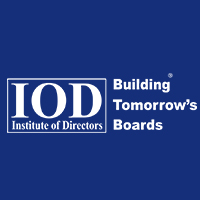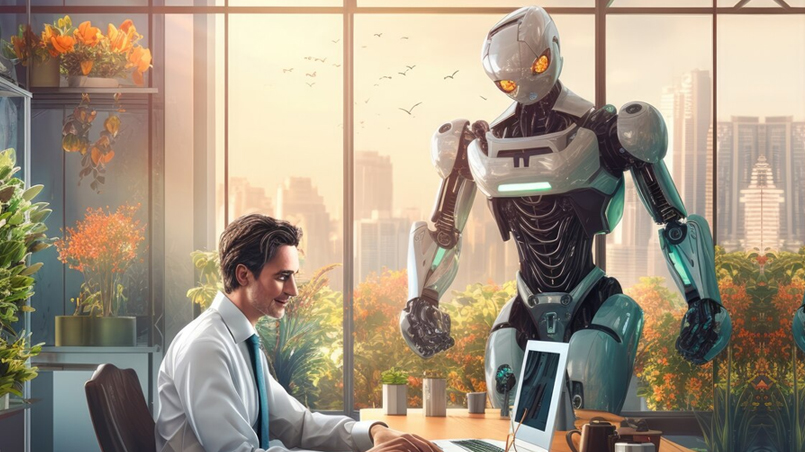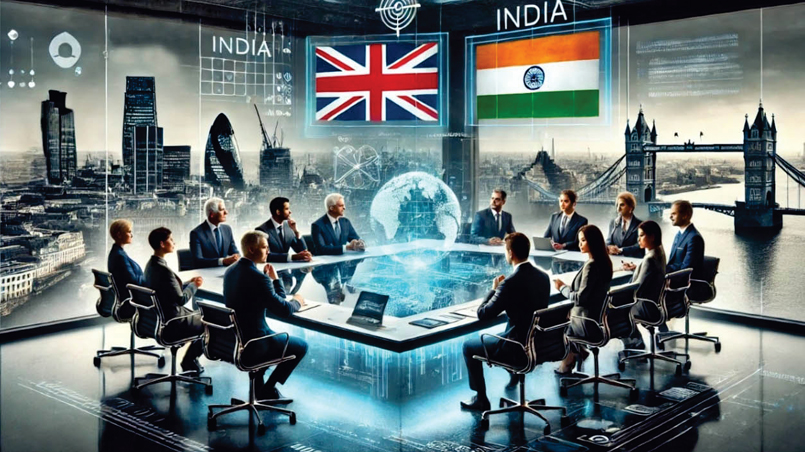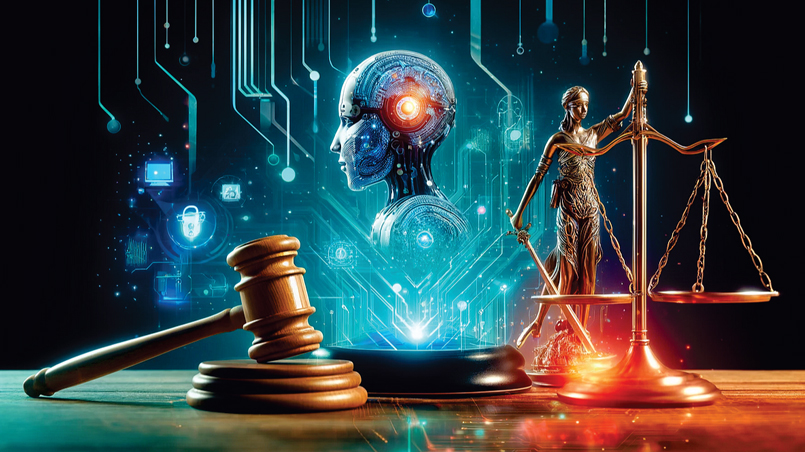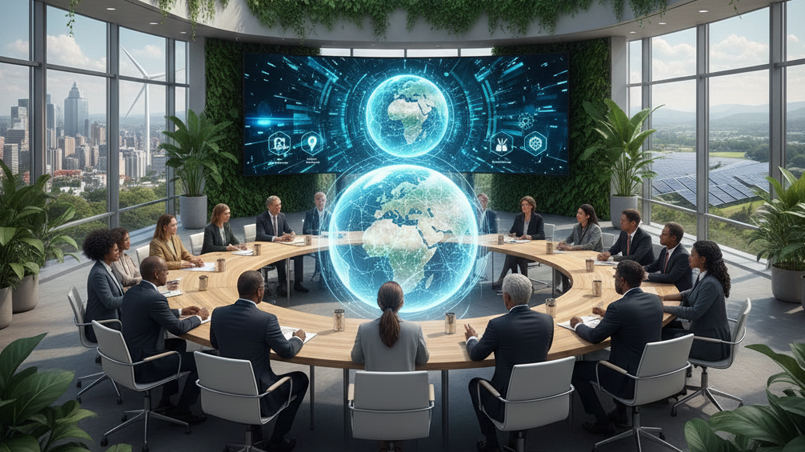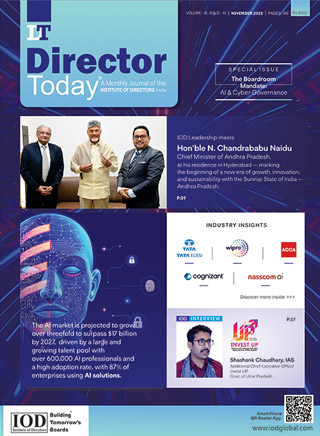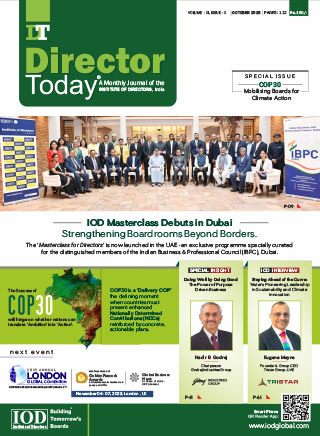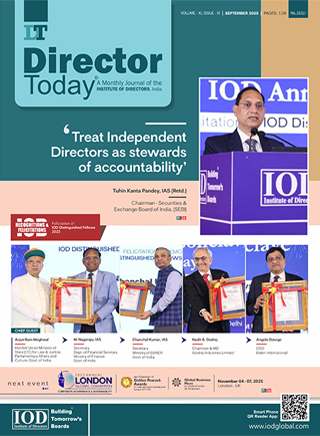Paving The Future: Redefining Employee Engagement and Workforce Trends

Redefining Employee Engagement and Workforce Trends
The workforce of tomorrow will be remarkably different. As innovation becomes an even greater force of transformation and pace of technology accelerates in businesses, one element remains constant: the human factor. Successful businesses are built by people, for the people, and with the people – they are the foundation of real success which is long-term and goes much beyond just numbers and profit.
Organizations that see employees only as contributors to specific tasks and fail to use their collective force will find it hard to make a meaningful impact. People's talent, vision, and commitment drives a company forward. But what drives them? That question is not only relevant for the present, but also decisive for future success.
In this context, companies that think ahead are redefining workforce trends and employee engagement. Understanding people and aligning their motivations with both business success and personal growth has many dimensions. But there are some key pillars which will play an important role.
Leadership Culture at Every Level
Leadership is no longer confined to titles or roles. In the workplace of the future, an attitude of leadership must exist at every level. Empowering employees to take ownership of their work and decisions fosters a culture of accountability, innovation, and resilience.
Every organization must encourage an entrepreneurial mindset. Employees should feel empowered to approach their roles as decision makers, not merely task executors. They need to be trusted to experiment and learn, even if it means making mistakes. Learning from failure is an important element of growth, and businesses must create environments where these lessons are turned around positively.
A growth mindset should be at the core of every leadership competency model. Leaders need to inspire their teams with opportunities and right appreciation and rewards. An employee should be able to view the organization as the biggest facilitator in their learning, development, and professional growth. If employees view their success and their organization's as one and the same thing, that is a real game changer. When they see their contributions making a real impact, their engagement also multiplies.
The organizational structure should be designed to support this vision. It's not enough to demand accountability; businesses need to provide the right tools, frameworks, and autonomy that empower employees to take responsibility while knowing they have the support of their leaders. Structures that encourage collaboration, open communication, and distributed leadership are key to future-ready organizations.
Talent will be the Greatest Currency Always
In the age of artificial intelligence, some may fear that technology will overshadow the human workforce. However, the truth is quite the opposite: talent will remain the greatest currency. While AI can streamline processes, it cannot completely replace the creativity, emotional intelligence, and strategic thinking that humans bring to the table. The progressive way forward is to maximize potential of the people to use such tools for increasing productivity and efficiency.
Building an ecosystem where talent grows organically has a great advantage. This means offering continuous learning opportunities, promoting cross functional collaboration, and fostering an environment where diverse perspectives are welcomed. Employees who have exposure to different departments or topics within the company are well-armed to develop a top-view and evaluate the larger impact of their own activities. That kind of talent is most valuable.
Moreover, creating a workforce coming from different backgrounds brings a variety of perspectives. It is a building block for organisations which have stakeholders worldwide and hope to win customers across geographies and segments.
Employee-Centricity: The Cornerstone of Engagement
Just as customer-centricity is central to business success, employee-centricity needs to become a guiding principle internally. Today's employees seek more than a paycheck - they want purpose, fulfillment, opportunities for growth, a good work-life balance and a positive office environment. They want a place where they are inspired to go to work every day.

This begins with understanding the aspirations of a multi-generational and diverse workforce. One way to achieve this is by moving from standardized career paths to personalized growth journeys and experiences. Every individual has unique strengths, interests and goals, and organizations that recognize this will automatically create stronger, more engaged teams.
Continuously evaluation and enhancement of practices and benefits is key to remain attractive as an employer. Inclusive policies, proactive employee support and prioritizing employee well-being has a distinct advantage in retaining and attracting a dynamic workforce.
Another critical element of employee-centricity is fostering a sense of belonging. Within the whole ecosystem, they should feel integrated and be able to see the direct impact of their contributions. Inclusive leadership and a commitment to equity are essential for creating workplaces where everyone can thrive.
Shaping the Future Together
The workforce of the future will be more dynamic, multi-talented, and interconnected than ever before. From subject matter experts to project owners, from shop floor workers to C-suite leaders, every individual will play a pivotal role in shaping organizational success.
As businesses navigate this evolving landscape, it is imperative to build a strong team and redefine what employee engagement means. The question is not just how organizations will adapt to change, but how they will lead it. For those ready to embrace these visionary trends, the possibilities are truly limitless.
Author

Mr. Vikram Pawah
He has been with the BMW Group since 2017 when he joined BMW Group India as the President and successfully steered BMW into a position of strength in the luxury car segment. In 2018, he was appointed the Chief Executive Officer of BMW Group Australia and New Zealand. In 2020, Mr. Pawah returned to India and joined as President and Chief Executive Officer of BMW Group India.
Owned by: Institute of Directors, India
Disclaimer: The opinions expressed in the articles/ stories are the personal opinions of the author. IOD/ Editor is not responsible for the accuracy, completeness, suitability, or validity of any information in those articles. The information, facts or opinions expressed in the articles/ speeches do not reflect the views of IOD/ Editor and IOD/ Editor does not assume any responsibility or liability for the same.

 Quick Links
Quick Links
 Connect us
Connect us




 Back to Home
Back to Home